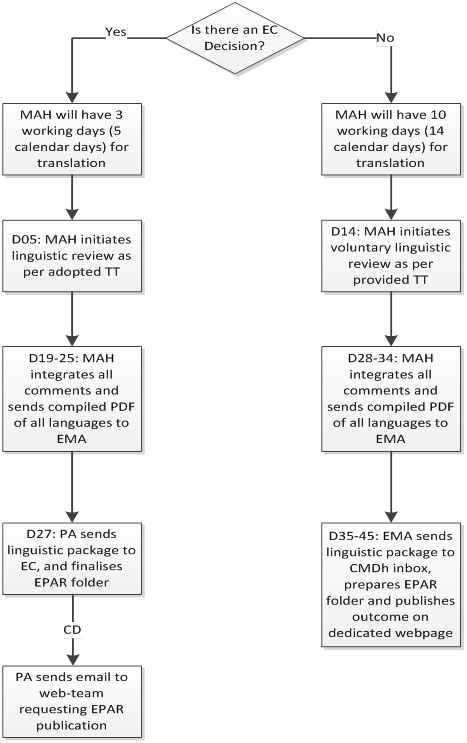Post-authorisation safety studies (PASS)
A post-authorisation safety study (PASS) is a study that is carried out after a medicine has been authorised to obtain further information on a medicine's safety, or to measure the effectiveness of risk-management measures. The European Medicines Agency's Pharmacovigilance Risk Assessment Committee (PRAC) is responsible for assessing the protocols of imposed PASSs and for assessing their results.
HumanRegulatory and procedural guidancePharmacovigilance


